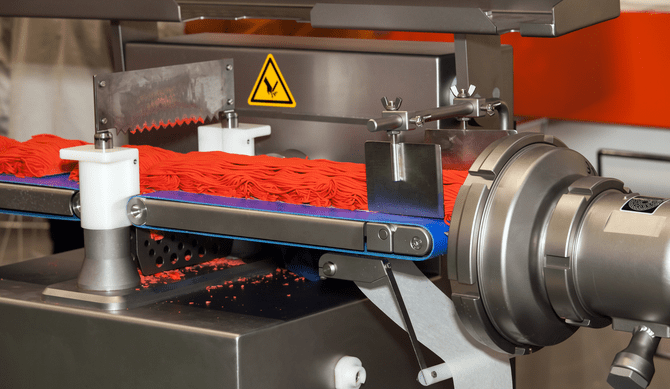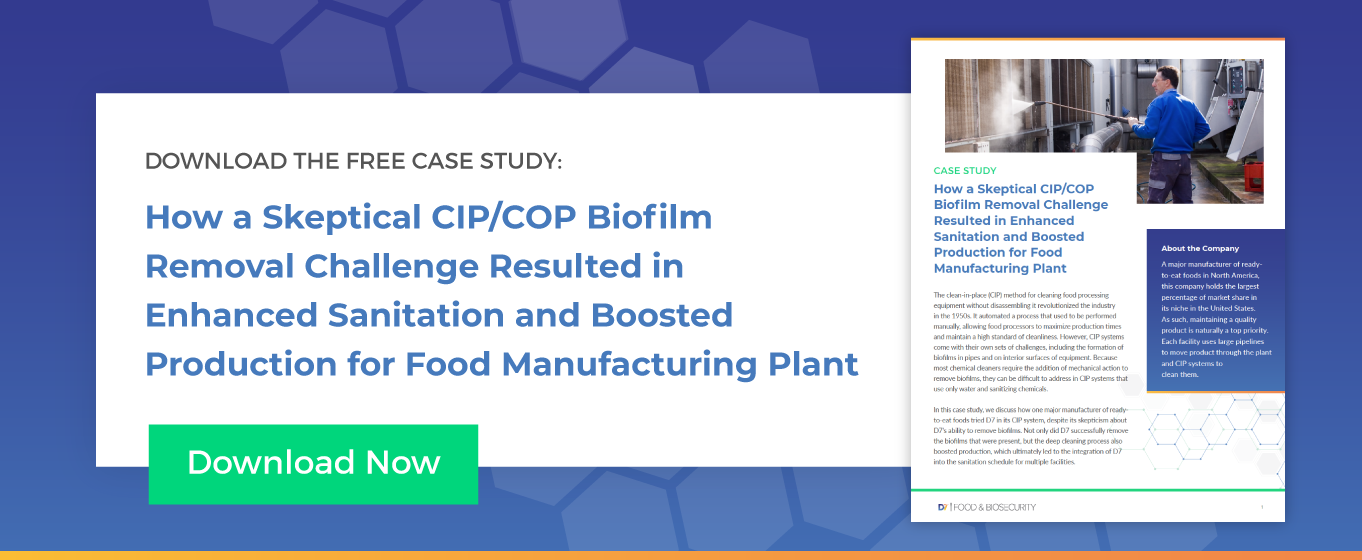
A microbial film, or biofilm, becomes established when layers of one or more types of microorganisms build up. Microorganisms that form biofilms include bacteria, fungi, and protists, and can grow on many different surfaces.
Common biofilms include plaque buildup on teeth and green, slimy pond scum. Biofilms all have one common feature: they thrive on surfaces that are wet.
Where Do Biofilms Come From?
Biofilms form when microorganisms such as bacteria come in contact with a surface that allows them to grow and multiply. The bacteria sticks to the surface by producing a slimy substance made from sugars, proteins, and DNA. The sticky slime allows other microorganisms to attach to it, creating layers and eventually forming a complex three-dimensional structure.
How and Why Do Biofilms Form?
Biofilms do not just “appear”; they must form. Microorganisms build layers upon layers on top of one another, forming a slime of sorts.
There are survival benefits for microorganisms that form biofilms—the more microorganisms, the stronger and more resilient the biofilm. This strength makes the biofilm less likely to die from stressors such as extremes in temperature, harmful chemicals and antimicrobials, or changes in pH. Microorganisms that live with one another in a biofilm generally benefit from one another, making it easier for all the microorganisms to survive.
What’s the Problem with Biofilms?
Biofilms have been found on numerous different surfaces—stainless steel, plastics, copper, lead ... pretty much any surface within a food processing plant is susceptible to biofilm formation.
It’s obvious, then, that the presence of biofilms within a food processing plant may contribute to the production of contaminated products, posing a potential health problem. Biofilms may cause corrosion of equipment and plugging of filters and drains, negatively impacting operational processes and efficiency. The public health significance coupled with the impact to processes and overall productivity leads to a costly problem for a food processing plant.
First, Prevent
The best method to fight the presence of biofilms is to prevent their formation from occuring in the first place. Because of the hardy biology and structure of biofilms, food processing plants must adopt and implement preventative procedures. In order to sanitize and completely get rid of biofilms, adequate cleaning must occur every day—a dirty surface provides a perfect surface for microorganisms to grow and proliferate.
Research has shown that biofilms tend to form in areas of food processing equipment that cannot be easily accessed for regular sanitation, such as hollow pipes and rollers, drains, and cracked welding. Simply scrubbing the lines of food processing equipment is insufficient for complete sanitization and removal of biofilms.
Another good method for preventing buildup of biofilm is the use of well-designed and properly installed processing equipment. Systems that have not been thoughtfully designed or installed can be difficult to clean for a number of reasons. Damaged and worn equipment create surfaces where organisms can more easily attach, making biofilm formation easier. Implementing best practices for design and sanitization is one of the most effective ways to prevent biofilms from growing on equipment surfaces.
Sanitizers that disturb the formation of the extracellular components that hold the biofilms together are effective in the prevention of biofilm formation. Decon7 Systems’ innovative D7 cleaning and sanitization system can be spray-foamed onto water-sensitive equipment, reaching into hard-to-access areas. This innovative system can be used for both prevention and treatment of biofilms, destroying biofilm proteins in even the most hard-to-reach areas of food processing plants.
Elimination Strategies
Biofilms are particularly difficult to eliminate because of their insulating characteristics. Organisms within the biofilm are heat-resistant and resistant to traditional cleaning and sanitization methods.
If a biofilm problem does develop, a cleaning program that is focused on biofilm removal needs to be developed and implemented.
Again, D7 rises above all other industry sanitizing solutions as it is EPA approved to penetrate, kill, and remove biofilms.
A D7 USDA USMARC study on biofilms found that “no viable DNA was detectable after use” in environmental results over standard commercial sanitizers. D7 successfully kills biofilms by targeting the protein and DNA within the biofilm, eliminating it for good.
Eliminate the Problem for Good
Industry professionals must understand and recognize the significance of biofilms in food processing and move to take action in their companies. Plant managers must understand that the formation of biofilms can lead to illness, contamination, and slowed production, and must recognize the need to properly combat the issue of biofilms.
If biofilms are a concern in your operation, contact D7 Industries for a no-charge, no-obligation consultation to select and evaluate a system to eliminate the problem for good.


